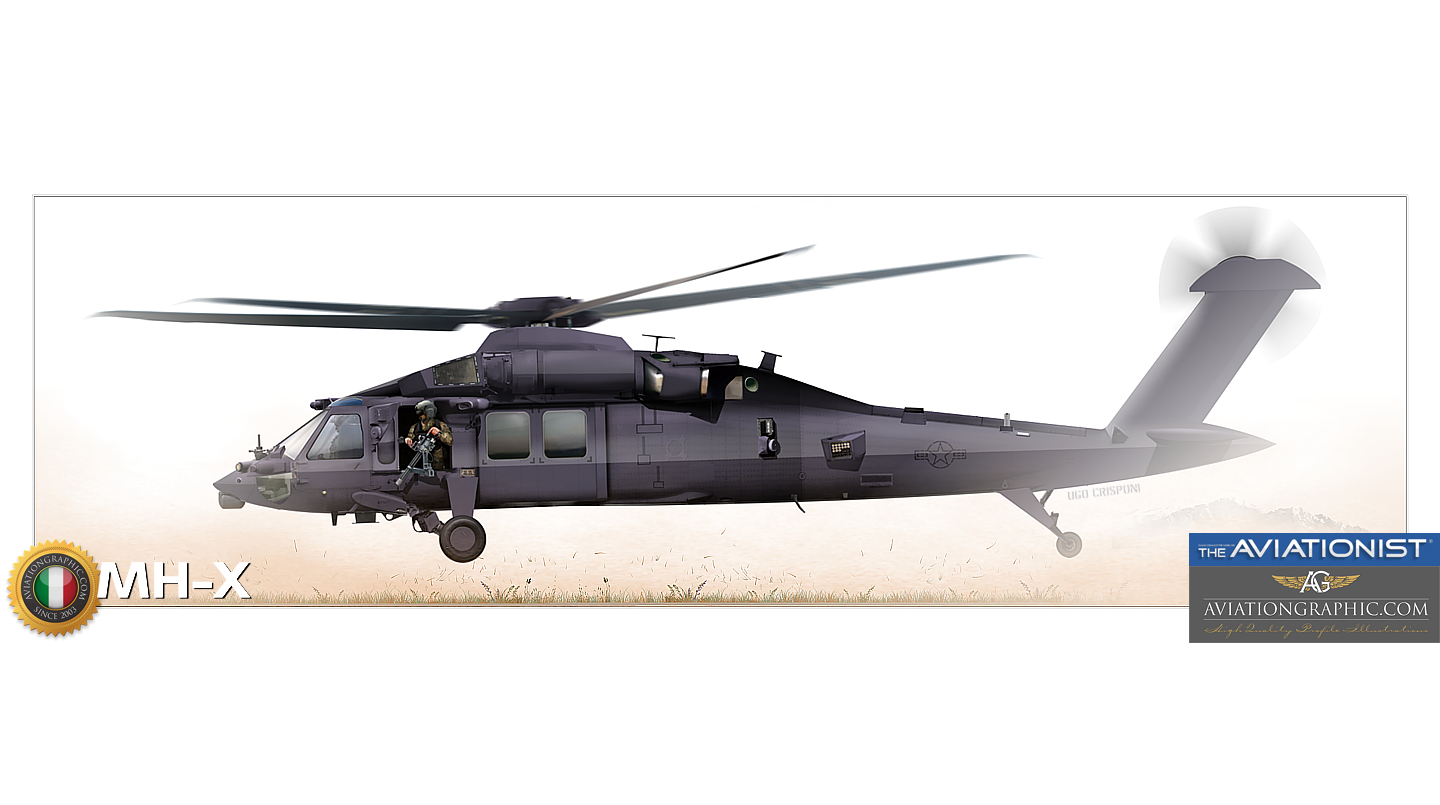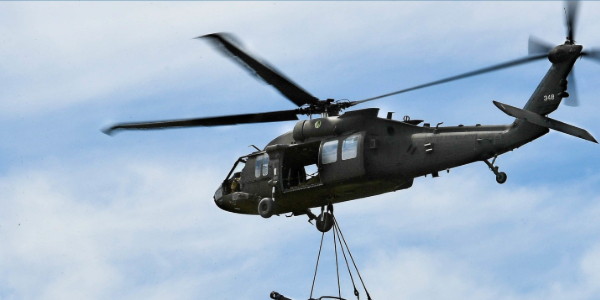Discover the Various Versions and Variants of the Blackhawk Helicopter for Diverse Needs
Discover the Various Versions and Variants of the Blackhawk Helicopter for Diverse Needs
Blog Article
Exploring the Thrills and Innovations of the Blackhawk Helicopter
The Blackhawk helicopter stands as a testament to army air travel's development, merging technical developments with practical applications. Since its introduction in the 1960s, it has actually transformed the landscape of airborne support, boasting attributes that enhance its efficiency in different operational functions. As we explore its historical value and crucial technologies, one should consider exactly how forthcoming developments might redefine its abilities. What exists ahead for this renowned aircraft, and just how will emerging innovations form its future in military operations?
Background of the Blackhawk Helicopter
Since its creation in the 1960s, the Blackhawk helicopter has played an essential duty in modern military aeronautics. Developed by Sikorsky Aircraft, the UH-60 Blackhawk was created to fulfill the U.S. Military's demand for a versatile utility helicopter capable of doing a variety of objectives, including army transportation, medical emptying, and freight airlift. The layout was a feedback to the constraints of earlier helicopters, particularly in terms of speed, maneuverability, and survivability.
The Blackhawk made its first flight in 1974 and soon entered service in 1979. Its introduction noted a significant development in helicopter innovation, including a two-rotor system that enhanced performance and stability. The aircraft's sturdy building and construction and advanced avionics allowed it to run successfully in diverse settings and problems.
Throughout the years, the Blackhawk has been continuously updated, incorporating lessons picked up from numerous fight circumstances. Its implementation in problems such as the Gulf Battle, Somalia, and the War on Terror further solidified its credibility as a vital possession. The Blackhawk's legacy is characterized by its versatility and resilience, making it a keystone of army air travel for decades.
Key Features and Requirements
The Blackhawk helicopter is differentiated by its durable layout and advanced technological attributes, which collectively boost its functional abilities. Designed largely for energy objectives, the Blackhawk flaunts a maximum departure weight of roughly 22,000 pounds, permitting it to lug considerable hauls while maintaining agility.
Furnished with two General Electric T700-GE-701C engines, the Blackhawk attains a maximum rate of around 183 knots and a series of 368 maritime miles - Blackhawk Helicopter. Its cutting edge blades system features a four-blade major rotor and a four-blade tail rotor, making certain security and ability to move in different flying conditions
The helicopter's cabin can fit as much as 11 troops or different cargo configurations, showcasing adaptability in mission profiles. In addition, the Blackhawk is made with innovative avionics, including digital trip controls and a thorough cabin screen, boosting pilot situational awareness.
For improved survivability, the Blackhawk includes ballistic armor and self-sealing gas tanks. Its capability to run in varied environments, from deserts to icy surfaces, better solidifies its track record as a trusted system for humanitarian and army procedures alike. The Blackhawk's combination of strength, power, and convenience makes it a foundation of contemporary airborne capabilities.
Advancements in Innovation
Advancements in modern technology have actually dramatically boosted the capacities of the Blackhawk helicopter, guaranteeing it remains at the center of army air travel. One of the most noteworthy improvements is the combination of advanced avionics systems, which provide boosted situational understanding through real-time information handling and display. This technology permits pilots to browse complicated atmospheres more effectively, boosting objective success prices.

Moreover, the introduction of electronic fly-by-wire systems has actually revolutionized the control devices of the Blackhawk, offering smoother handling and increased responsiveness. Collectively, these technical advancements ensure that the Blackhawk helicopter stays a vital possession in modern-day army procedures.
Roles in Armed Force Operations
With innovative innovation improving its capacities, the Blackhawk helicopter plays a multifaceted function in armed forces procedures. Mostly, it is employed for troop transportation, making it possible for quick implementation and removal of personnel in different fight scenarios. Its roomy cabin can suit approximately 11 troops, making it an essential possession for special operations and large missions.
Additionally, the Blackhawk acts as a medevac system, outfitted to carry damaged soldiers swiftly and successfully from the combat zone to clinical facilities - Blackhawk Helicopter. Its adaptability extends to logistical support, where it carries supplies and equipment essential for maintaining army procedures in remote locations

The helicopter is likewise instrumental in reconnaissance goals, giving airborne monitoring and intelligence-gathering capacities. Its capacity to operate in diverse settings-- varying from metropolitan settings to extreme terrains-- more strengthens its significance on the battleground.
Moreover, the Blackhawk can be equipped link with innovative weaponry, permitting it to engage in battle and offer close air support. This flexibility highlights the helicopter's essential role in contemporary military methods, making it an essential component of armed forces worldwide.
Future Developments and Innovations
Improvements in modern technology promise to usher in a new period for the Blackhawk helicopter, enhancing its abilities and functional effectiveness. Future advancements for the Blackhawk might include enhancements in avionics, such as innovative flight control systems and enhanced situational awareness tools powered by fabricated knowledge.
Additionally, the assimilation of unmanned systems is on the perspective, potentially permitting manned-unmanned teaming procedures that can increase mission profiles and decrease threat to employees. The Blackhawk's design is also expected to integrate lighter and more powerful products, boosting gas efficiency and general performance.

Conclusion
In final thought, the Blackhawk helicopter represents a substantial achievement in armed forces aeronautics, characterized by its adaptability and progressed technological functions. Its historic advancement shows a continuous response to operational demands, boosting capabilities in different roles such as army transport and medevac operations. Continuous advancements, consisting of the integration of synthetic knowledge and hybrid-electric propulsion, assure to more strengthen the Blackhawk's effectiveness and importance in future armed forces interactions, guaranteeing its standing click for more info as an important asset on the combat zone.

With sophisticated modern technology enhancing its capabilities, the Blackhawk helicopter plays a diverse duty in armed forces procedures. (Blackhawk Helicopter)
Report this page